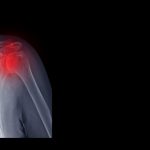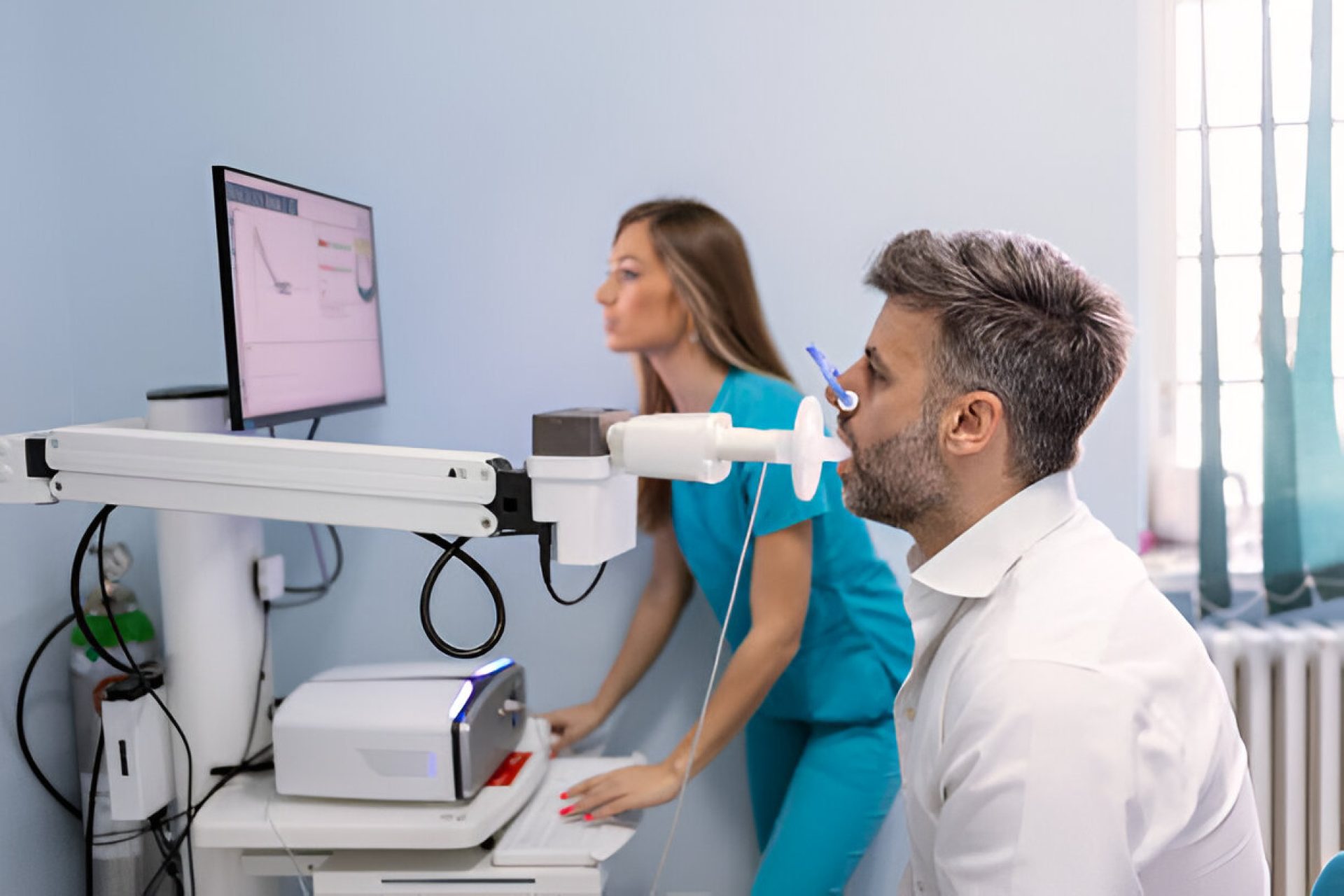- Home
- About Us
- Book Appointment
- Treatments
- Alzheimer’s Disease
- Anti-Aging
- Autism
- Autoimmune Disorders
- Back Pain
- COPD
- Crohns Disease And Ulcerative Colitis
- Erectile dysfunction and Penis enlargement
- Fibromyalgia
- Hip Pain
- Knee Pain
- Lupus
- Lyme Disease
- Multiple Sclerosis
- Muscular dystrophy
- Parkinsons Disease
- Peripheral And Diabetic Neuropathy
- Post Cancer Treatments
- Post Stroke Recovery
- Psoriasis
- Rheumatoid Arthritis
- Shoulder Pain
- Join The Club
- Aesthetics
- Blog
- Contact Us
Nearly 20 out of 100,000 people across the world suffer from pulmonary fibrosis.
40,000 US citizens are diagnosed with pulmonary fibrosis every year.
Lung fibrosis causes breathing difficulties and destroys the air sacs within the lungs.
Pulmonary fibrosis affects the respiratory system. This gradually declines lung functions and breathing abilities.
Genes, autoimmune diseases, viral infections, and environmental factors cause this type of disease.
Mesenchymal stem cells (MSCs) for treatment purposes are derived from human umbilical cord tissues (Wharton’s Jelly). This type of stem cell can convert into cartilage, bone, and muscle cells. However, this type of stem cells are also found in the adipose tissue and bone marrow.
MSCs secrete paracrine factors at the injury site. This helps in –
- Endothelial and epithelial permeability regulation
- Reduction of inflammation
- Tissue repair enhancement
- Prevent bacterial infections
- Superoxide dismutase secretion to prevent reactive oxygen damage to the lungs
- Promotes cell communication
This blog will explore the benefits and results of MSC treatment for fibrosis.
Read Also: Stem Cell Therapy for Autoimmune Diseases
Insights Into Pulmonary Fibrosis
Pulmonary fibrosis is lung tissue scarring that impacts the alveoli or the air sacs inside the lungs. Naturally, the lungs lose their elasticity and the tissues become stiff. The alveoli promote oxygenation in the bloodstream. However, fibrosis is a progressive disease that limits the oxygen supply into the blood and causes shortness of breath.
It is important to note that pulmonary fibrosis is different than chronic obstructive pulmonary disease. Over 100,000 US citizens suffer from this disease. Fibrosis of the lungs is more prominent in people over 50 years.
Causes
Pulmonary fibrosis is caused due to –
- Genes – People who suffer from this type of disease develop abnormal genes and have a high chance of passing them down to their predecessors.
- Medical Conditions – Multiple autoimmune conditions such as Sjogren’s syndrome, polymyositis, and scleroderma increase the chances of pulmonary fibrosis.
- Exposure to Toxins – Several environmental toxins such as silica, coal dust, and asbestos increase the risk of developing pulmonary fibrosis.
- Radiation Therapy – High-energy X-rays for cancer treatment can develop pulmonary fibrosis in patients.
Symptoms
Infections in the respiratory tract and the common cold could be symptoms of lung scarring. Signs of pulmonary fibrosis indicate –
- Shortness of breath
- Fatigue and tiredness
- Unexplained weight loss
- Clubbed fingertips
- Bluish skin around the eyes due to lack of oxygen in the blood also known as cyanosis
Diagnosis
Pulmonary fibrosis can be effectively diagnosed with the following tests –
- Blood tests – Blood samples are collected to identify different types of diseases present in the patient’s body.
- Imaging tests – CT scans and chest X-ray confirm the presence of pulmonary fibrosis.
- Biopsy – A surgical method to extract a tiny portion of the lung tissue to examine the presence of pulmonary fibrosis.
- Breathing tests – Spirometry and lung volume tests are some methods to determine the lung’s strength.
- Lung Diffusion test – A particular test to measure the level of oxygen in the patient’s bloodstream.
Effects of Fibrosis on the Lungs
Patients with pulmonary fibrosis have breathing difficulties. Other effects of this disease on the lungs highlight –
- Thickening of the lung tissues around the air sacs or alveoli.
- Lung tissue scarring is known as fibrosis.
- Reduced absorption of oxygen into the bloodstream of the patient.
- Decreased levels of energy and lung capacity lead to shortness of breath.
- Loss of lung elasticity prevents expansion and contraction of the lungs during breathing.
Types of Pulmonary Fibrosis
PF is a type of interstitial lung disease that occurs due to the inflammation of the air sacs in the lungs. There are different types of pulmonary fibrosis caused due to various factors. Some of them are –
- Idiopathic pulmonary fibrosis – A type of pulmonary fibrosis where the cause is undetected.
- Hypersensitivity pneumonitis – Inhaling dust for a long time can develop this disease.
- Asbestosis – Breathing a heavy amount of asbestos can cause lung fibrosis.
- Familial pulmonary fibrosis – A rare type of lung fibrosis caused due to gene transfer from one family member to another.
- Disease-related pulmonary fibrosis – Various diseases such as rheumatoid arthritis can cause lung tissue scarring.
Traditional Treatment Options
Pulmonary fibrosis treatment options are –
- Medications – Several drugs such as pirfenidone, azathioprine, and anti-acid medications are given to pulmonary fibrosis patients.
- Oxygen therapy – Extra oxygen is given to patients in a hospital setting through masks or nose tubes to improve their breathing conditions and lung functions.
- Lung transplant – A surgical method to replace the damaged lungs of a patient. It is mandatory to find a medically cleared donor with a healthy lung for this type of surgery.
Read Also: A New Approach for Lung Disease Treatment with Stem Cell Therapy
Limitations of Conventional Treatment
Limitations for pulmonary fibrosis treatment are –
- Inability to determine the cause behind functional limitations of the lungs.
- Pulmonary fibrosis patients go through other types of lung and heart diseases that decrease their life expectancy.
- A limited number of healthy lung donors.
- Several side effects occur from pulmonary fibrosis medicines.
- Oxygen therapy is ineffective if the patient’s lung condition is very poor.
Breakthrough of Stem Cells as a Regenerative Medicine for Lung Disorders
Stem cell therapy offers excellent improvement for lung conditions such as COVID-19, emphysema, and fibrosis.
Different types of stem cells are multipotent, totipotent, and pluripotent. Stem cells are the natural repair system of the body promoting self-healing. Mesenchymal stem cells, adult stem cells, embryonic stem cells, and induced pluripotent stem cells are prominently used for treatment purposes.
Characteristics of Mesenchymal Stem Cells
MSCs have multiple properties including –
- Regulation of the immune system and prevents bacterial infections.
- Reduction of inflammation through increased production of anti-inflammatory factors and proliferation of T-regulatory cells.
- Stem cells promote tissue repair by accelerating the production of growth factors such as cytokines and chemokines.
- Helps to regenerate the alveoli or air sacs of the lung tissues to improve their functions.
- MSCs can be easily harvested and isolated for diseases.
- Mesenchymal stem cells can self-renew and transform into other types of stem cells.
How does MSC Treatment Work for Fibrosis?
MSCs for idiopathic pulmonary fibrosis (IPF) help patients in the following ways –
- Secretes keratinocyte growth factors to reduce inflammation of the lung tissues.
- Regenerate damaged lung tissues through cytokine and chemokine production.
- MSCs release extracellular vesicles known as exosomes that can inhibit inflammatory actions.
- Helps to form connective tissues that support the lungs and improve their functions.
- MSCs prevent cell apoptosis or death.
- Mesenchymal stem cells secrete superoxide dismutase to protect the lungs against reactive oxygen damage.
Stem Cell Therapy Clinical Research for Pulmonary Fibrosis
Several studies indicate beneficial features of MSCs to reverse the effects of pulmonary fibrosis.
MSCs secrete SOD that reduces the level of collagen production to prevent deposition of intercellular matrix. This significantly improves pulmonary fibrosis.
Advancements of Stem Cell Research in Lung Diseases
Several researches indicate the following results of stem cells for managing lung diseases –
- Stem cells repair lung tissue damage for chronic bronchitis and emphysema patients.
- Stem cell therapy is an ideal alternative for expensive lung transplant surgeries.
- A new method to generate induced pluripotent stem cells from skin biopsy samples of end-stage lung disease patients. These cells are used to create scaffolds for lung implantation.
Stem Cell Therapy vs. Conventional Treatment
Let us go through the major differences between stem cell therapy and conventional treatment for pulmonary fibrosis –
| Differences | Stem Cell Therapy | Lung Transplant Surgery |
| Nature of Treatment | This is a minimally invasive non-surgical treatment method that is administered through injections. | It is an invasive and painful surgery with high risks of treatment incompatibility. |
| Source | Derived from human umbilical cord tissues (Wharton’s Jelly) that are present abundantly. | Transferred surgically from donors with healthy lungs. However, there is a lack in the number of donors for this type of surgery. |
| Recovery Time | Recovery from pulmonary fibrosis depends on the patients’ conditional severity and other diseases. Also, the age and gender of the patient affect the recovery period. | It takes up to 6 months to fully recover from a lung transplant surgery. However, there is no guarantee of the success of this type of treatment method. |
| Cost | Stem cell therapy is cost-effective compared to expensive surgeries. However, the cost of stem cell therapy depends on factors such as the volume of stem cells required, the type of administration method, and the type of stem cells used in the treatment. | The cost of surgeries is higher as it includes post-surgical care and medications. |
Stem Cell Treatment Procedure for Pulmonary Fibrosis
This section will give you a complete insight into the treatment methods and results of stem cell therapy for pulmonary fibrosis. So, let us find out.
Administration Methods
Stem cell injections are given to patients using the following methods –
- Intravenous infusions are administered through ventricular channels.
- Intraarticular injections are injected through local joints in the affected area.
- Intramuscular injections are applied through local muscles.
The expert doctors determine which method will be used for handling a pulmonary fibrosis patient.
Results of Treatments
Some of the positive results of stem cell therapy for pulmonary fibrosis highlights –
- Reduced inflammation of the lung tissues.
- Secretion of cytokines and paracrine factors to repair lung tissue damage.
- Improves the functions of the lungs.
- Enhances the oxygen supply to the bloodstream.
- Improves the lifespan of lung fibrosis patients.
- Decreases the accumulation of collagen in the lungs.
- Facilitates gene modification to prevent fibrosis development.
Read Also: Effectiveness of Stem Cell Therapy for Lung Diseases Explained
Advanced Therapies for Lung Fibrosis
Some of the latest medical interventions for lung fibrosis include –
- Gene therapy – Introduction of genetic materials into the cells to molecular modification that is not possible through conventional drugs.
- Mesenchymal stem cell therapy – A therapeutic treatment to repair lung epithelium through transformation into functional lung cells.
- Stem cell-based exosome therapy – Treating lung scarring through extracellular vesicles derived from stem cells.
Bottomline
Stem cells show promising results for healing several types of lung diseases including chronic obstructive pulmonary disorder, asthma, pneumonia, bronchitis, and fibrosis.
The Life Altering Stem Cell Therapy Institute is a revolutionary clinic for regenerative medicine in Mexico. Our doctors are certified to administer stem cell therapy most holistically and safely.
Try our regenerative medicine for lung disorders and breathe a sigh of relief.
Improve the capabilities of the lungs and breathe freely. Talk to our experts to find the best lung disease treatment.





